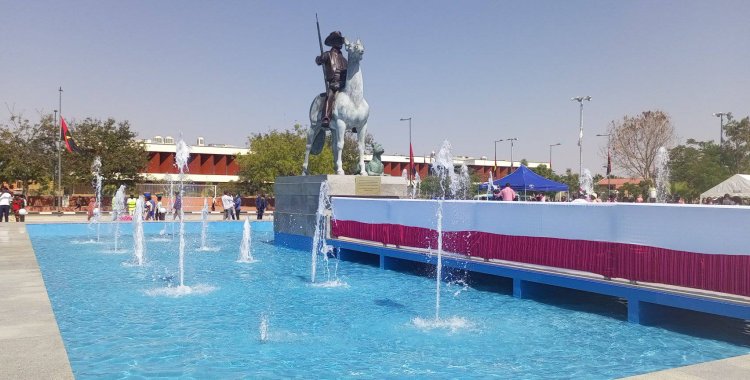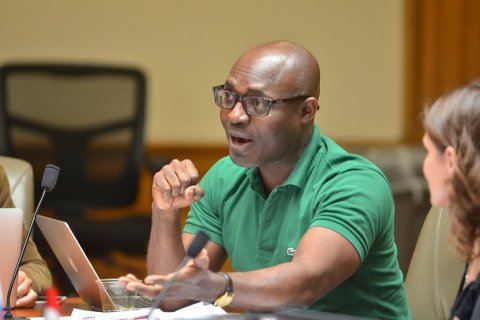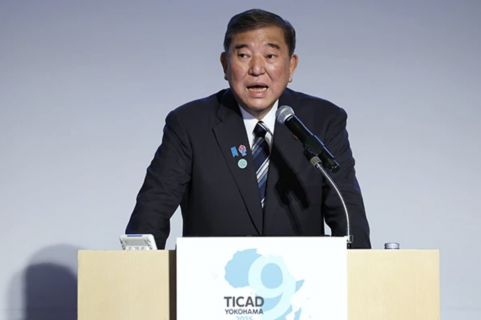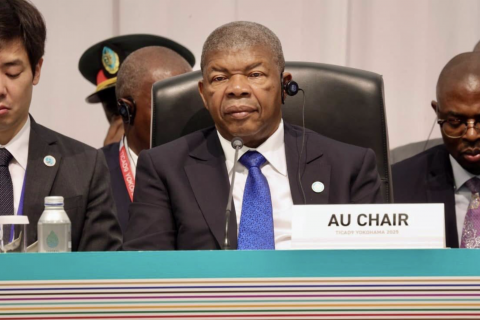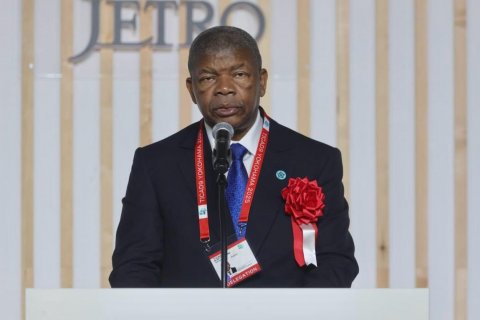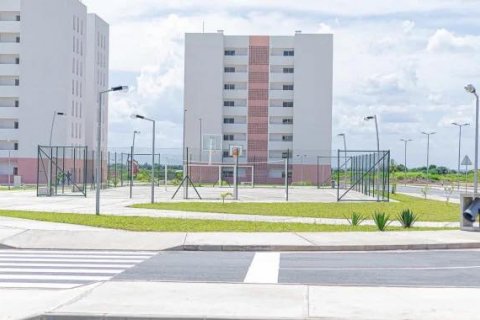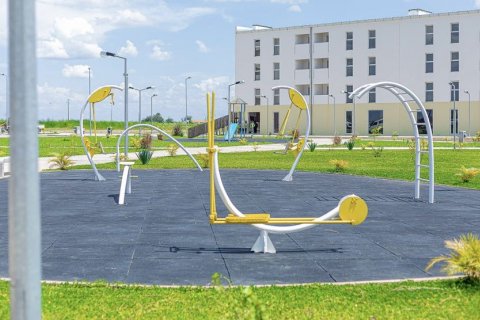On the occasion, the official said that the construction of this statue shows the Executive's recognition in the appreciation of historical figures in the fight against colonial occupation in the country.
Cited in a note from the provincial government, to which VerAngola had access, the minister also said that, as a precursor of the struggle for liberation, King Mandume "was a warrior of unquestionable dimension" and, for that reason, the "statue in his honor as a sign of recognition" and to "eternalize his deeds".
He also took the opportunity to indicate that this space should serve as a "source of research so that current and future generations" dominate the history and course of this king "in the process of achieving national independence, as well as the patriotic elevation of the country".
Gerdina Didalelwa, governor of that province, indicated that this statue is the result of a decision taken several years ago by the Government with the aim of valuing and publicizing the figure of King Mandume.
Also mentioned in the statement, the governor admitted that the project, in addition to giving architectural beauty to the city, was based on the creation of a "historical-cultural space in honor of the king and his achievements in the fight against colonial occupation".
In turn, Francisco Manuel, architect and designer of the statue, indicated that it is five meters high and four meters long.
According to the note, Mandume Ya Ndemufaho was born in 1893. He was king of Oukwanhama from 1911 to 1917, in Cunene Province, and died in combat on 6 February 1917 in the village of Oihole, Namacunde municipality, by suicide.
Before the inauguration ceremony – which was also attended by Filipe Zau, Minister of Culture, Tourism and Environment, among others –, a visit was made to the memorial in his honor, in an act that ended with the deposition of a wreath of Omufiati leaves on the your grave.

